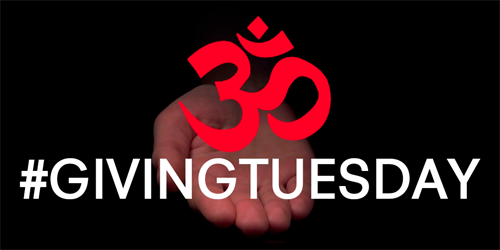
What makes the holiday season special? With Thanksgiving behind us and Black Friday and Cyber Monday deals all around, many people have already started crossing names off their holiday shopping lists. But the holidays aren’t just about the presents we buy. They’re about the spirit of generosity itself.
At the Rubin, we’re celebrating #GivingTuesday on November 28 to express our support for the organizations that work to make the world a better place. Our inspiration: the hundreds artworks, paintings, and ritual objects on display at the Museum. The art of the Himalayas portrays the idealized forms of qualities like compassion, wisdom, and generosity—all of which can inspire us on #GivingTuesday and throughout the holiday season.
Read about some artworks that keep us motivated to give back.
Green Tara
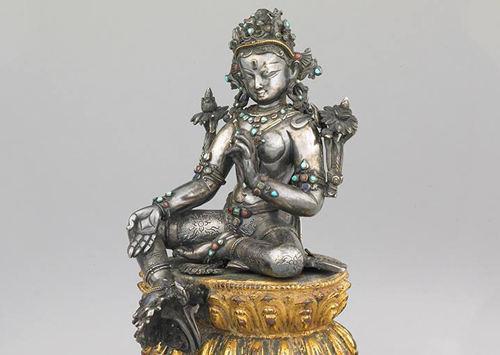
Generosity is a core concept in Himalayan art and is reflected in the actions of beloved deities like Green Tara. Revered as the goddess of enlightened action, she is depicted here in a pose of royal ease, extending her right hand in supreme generosity, providing practitioners with whatever assistance they might require. This season, be inspired to lend a hand to those in need.
Buddha Ratnasambhava with Wealth Deities
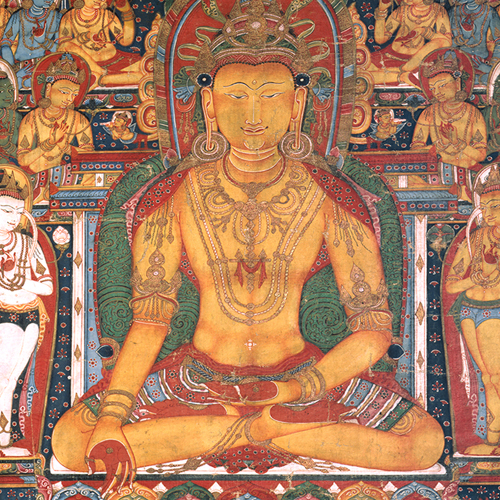
In Himalayan art, wisdom and compassion shape the benevolent nature of all buddhas. Ratnasambhava, the buddha of equanimity and equality, sits in full lotus position with his right hand in a gesture of generosity, destroying both greed and pride. How do you extend help to others?
Yellow Jambhala
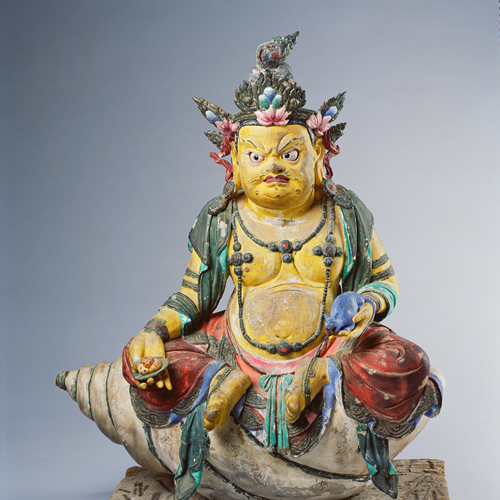
Yellow Jambhala is revered as a worldly wealth deity, but his riches consist of more than just gold. His yellow color is associated with equanimity and giving, and his right hand rests in a gesture of generosity. Though he does indeed offers riches, his greatest gift is the knowledge he bestows on his followers.
Padmasambhava
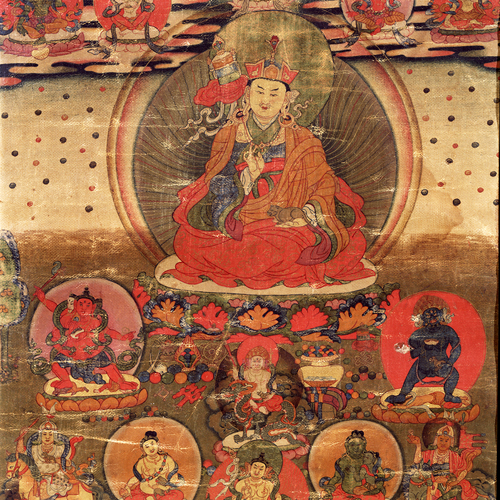
In the season of giving, generosity can take many forms. The great Buddhist master Padmasambhava, depicted in this painting as a wealth deity, is known for his benevolent action of spreading knowledge. According to legend, he not only brought Buddhism to Tibet and other parts of the Himalayas but also tamed other spirits in the land so that his teachings could flourish there. What are you doing to foster growth in your community?
Red Avalokiteshvara
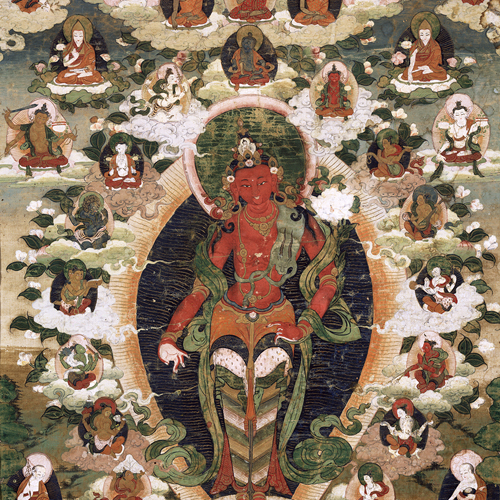
In this painting, the Buddhist deity Avalokiteshvara is depicted in his form as the creator of the world. He’s the ultimate giver! While his red color suggests power, his right hand extends in a gesture of generosity, striking a balance between the two.
Lama Performing a Long-Life Ritual
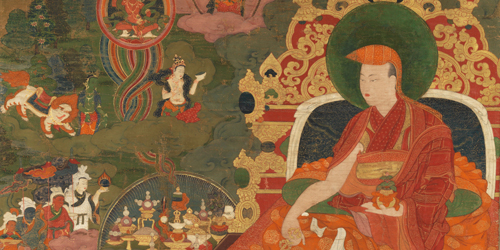
When you give, you receive. In this artwork, a Tibetan Lama is performing a long-life ritual. To his right sits a table bearing offerings meant to please the senses of the gods and goddesses. Many Himalayan Buddhist rituals involve a reciprocal relationship inspired by generosity and giving, with practitioners making offerings to the gods in hopes of receiving blessings in return. Don’t break karma chain—do a good deed and you might be rewarded in unexpected ways.
Feeling inspired? This #GivingTuesday tell us what your “generosity goals” are on Facebook and Twitter and consider supporting the Rubin Museum to help us continue to foster discovery through art and culture.

